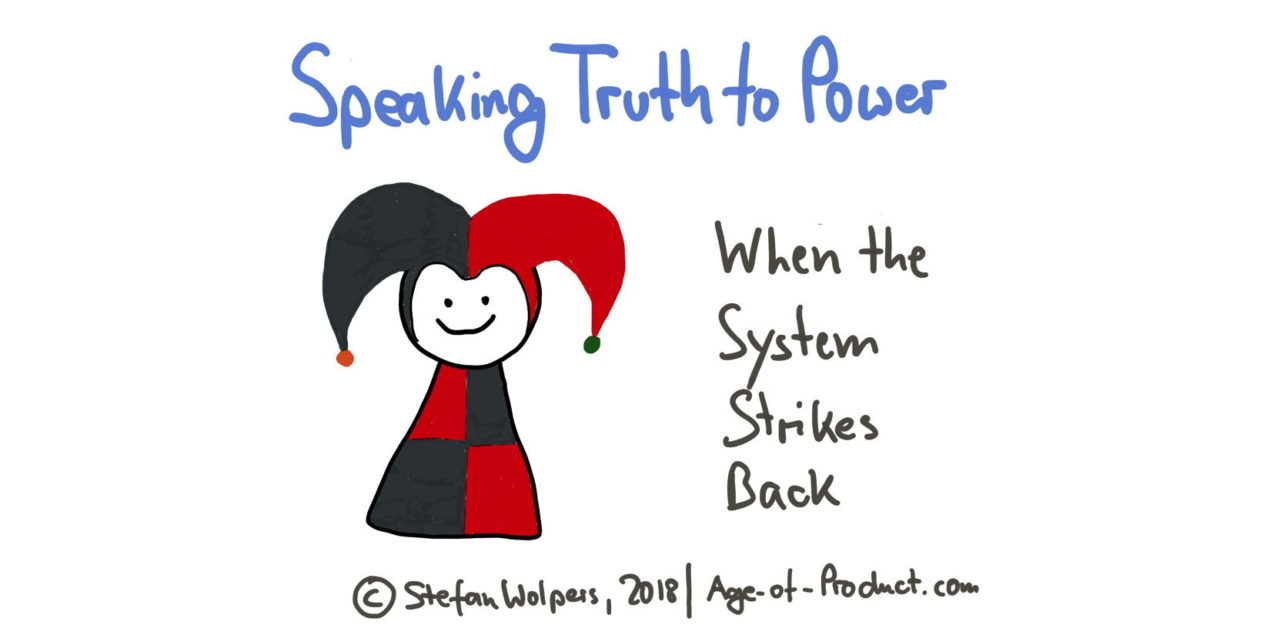Food for Agile Thought’s issue #173—shared with 20,138 peers—focuses on agile common sense as we learn more about the history of ‘agile’ and what defines the learning space that makes it successful.
We also get better at cycle time scatterplot diagrams, what conditions product teams require to support hypergrowth, and why leadership is not always about having a plan.
Lastly, we learn five encouraging ways how to engage the engineers in creating the product beyond its mere coding.
Did you miss last week’s Food for Agile Thought’s issue #172?

🏆 The Essential Read: Agile Common Sense
(via Noteworthy): Agile Isn’t New, It’s Just Common Sense Rebranded
Martyn Puddephatt dives into the history of ‘agile.’ Guess what: it is older than 2001.
Agile & Scrum
(via Medium): Iterating != Pivoting ∴ Agile != Agility – Columbus’ Egg
Charles Lambdin elaborates eloquently on the kind of learning environment required to become agile—from iterations to pivots.
and (via Next Big Idea Club): Why the Best Leaders Don’t Always Have a Plan
Adam Grant hosts Stan McChrystal at Wharton for an hour on leadership.
: On Measurements – applied actionable agile metrics for predictability – Part I
Sebastian Radics shares his insight into actionable agile metrics.
Product & Lean
(via Amplitude): How to Build Product-Oriented Engineering Teams
Ryan Ashcraft suggests five ways engineering teams can better influence ‘their’ products.
(via Intercom): Scaling Product Teams: How to Build and Structure for Hypergrowth
Paul Adams shares Intercom’s product creation process—from guidelines, clear accountability, to a transparent roadmap, to its culture of goal setting.
(via ProductPlan): Dealing with Dealbreakers: How to Handle Feature Requests from Prospects
Shaun Juncal shares an approach on how to deal with must-have feature requests from prospective customers.
From the Blog: Speaking Truth to Power
Do you need an emergency fund as a change agent—whether you are acting as Scrum Master, Product Owner or agile coach—because conflict is inevitable, but change is not?
In my experience, speaking truth to power, pointing at the emperor’s new clothes and the reality in the trenches, is necessary a trait for every change agent — including Scrum Masters and agile coaches — in organizations that lack strong leadership. Learn more, how this form of professional honesty can backfire when the incumbents, privileged by the existing system, strike back.

Read more: Speaking Truth to Power.
📺 Join 1,025-plus Agile Peers on Youtube
Now available on the Age-of-Product Youtube channel:
✋ Do Not Miss Out: Join the 4,475-plus Strong ‘Hands-on Agile’ Slack Community
I invite you to join the “Hands-on Agile” Slack Community and enjoy the benefits of a fast-growing, vibrant community of agile practitioners from around the world.

If you like to join all you have to do now is provide your credentials via this Google form, and I will sign you up. By the way, it’s free.


